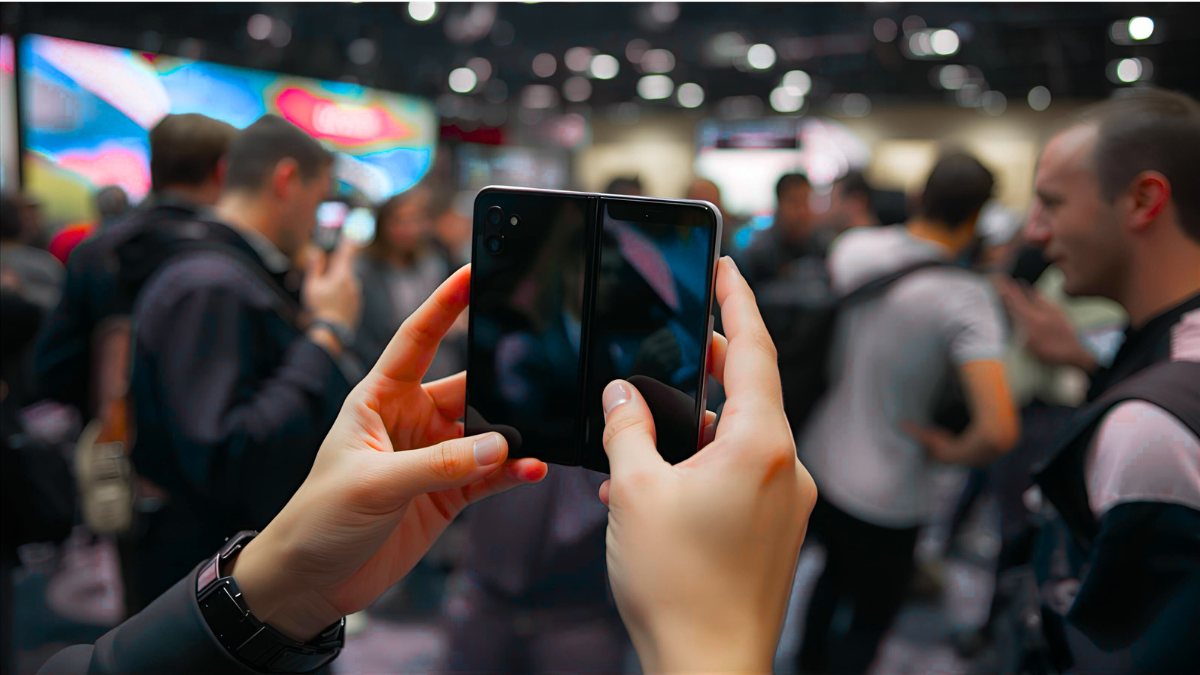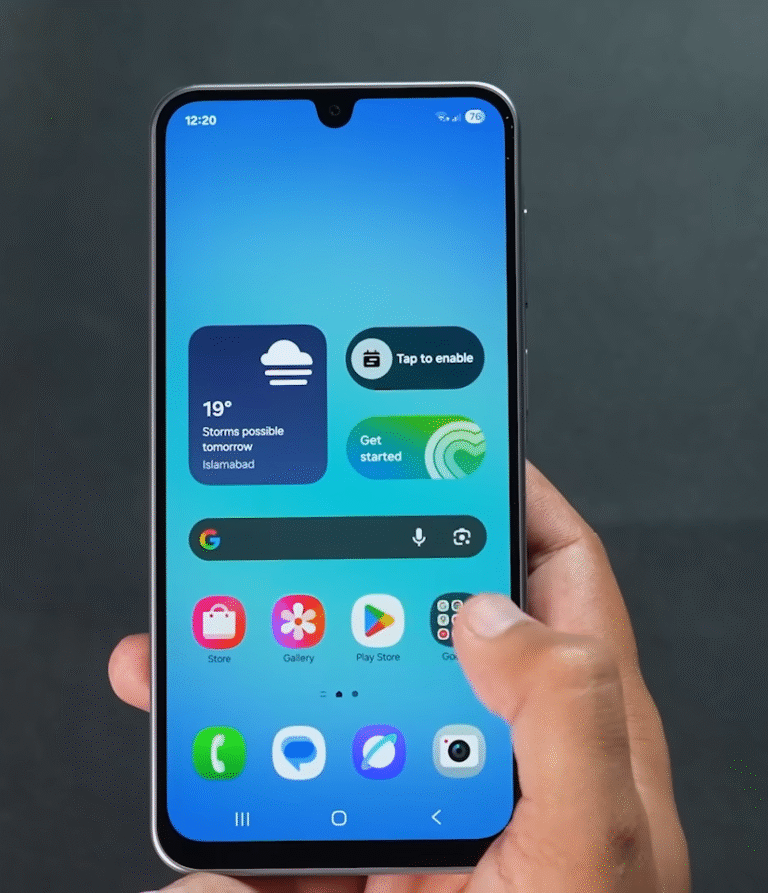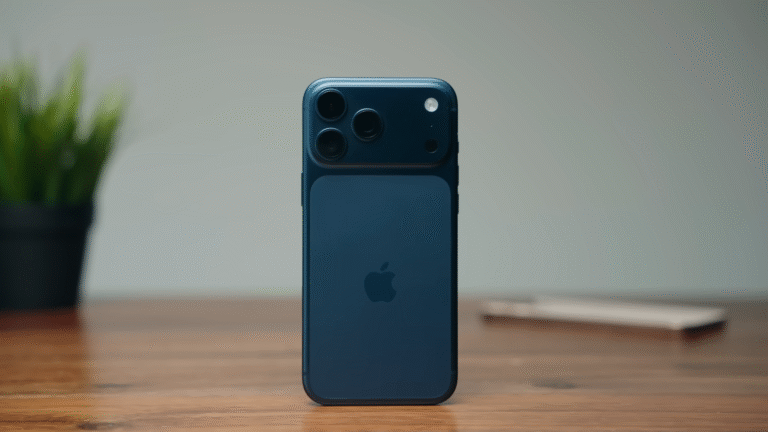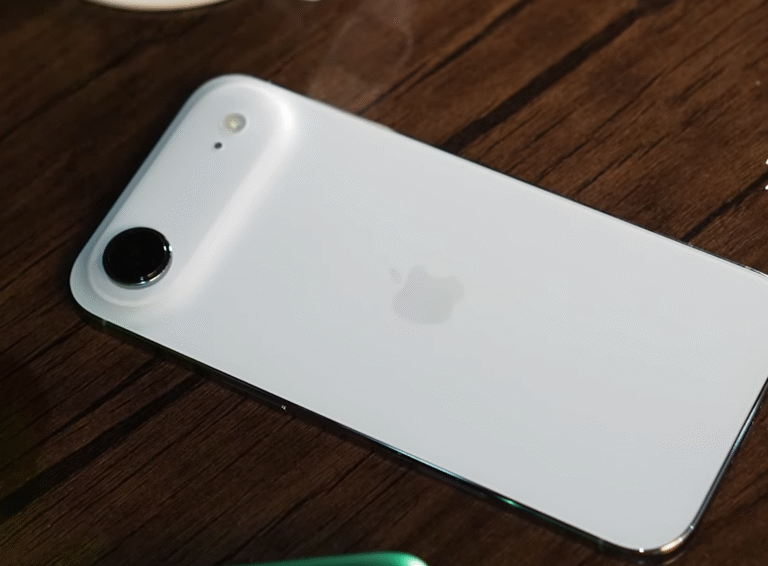
Foldable phones are evolving fast, with Samsung’s Galaxy Z Fold 7 leading the charge. Here’s how foldables are changing the smartphone industry and why Apple may join the race in 2026.
A New Era of Smartphones Is Unfolding
In July 2025, Samsung launched its latest flagship foldable — the Samsung Galaxy Z Fold 7 — and the excitement was immediate. For many tech enthusiasts, it felt like the long-awaited era of foldable smartphones had finally arrived. Even longtime Apple users were captivated, calling the device a gateway into an entirely new world of mobile technology.
Samsung also unveiled the Samsung Galaxy Z Flip 7, and the reception was just as enthusiastic. Preorders shattered company records, highlighting a growing consumer appetite for this new form factor. Once seen as futuristic experiments, foldables are now becoming mainstream contenders, with buyers actively choosing them over conventional flat-screen phones.
How Foldables Got Here
Foldable phones aren’t a brand-new concept. The first major attempt came in 2018 with the Royole FlexPai, followed by Samsung’s original Galaxy Fold in 2019. Other brands soon joined the movement — Google introduced the Pixel Fold, Motorola revived the Razr line, and Chinese manufacturers like Huawei and Xiaomi worked to make foldables slimmer and lighter. Even Nokia dipped back into the flip phone category with updated models.
Apple has long been rumored to be working on its own foldable iPhone, and reports now suggest a launch window around fall 2026. While Apple hasn’t confirmed anything, industry analysts believe the company is closer than ever to entering the market.
Why Foldables Matter
Right now, most people don’t have a strong reason to replace their traditional phones. Foldables could change that. In the early 2000s, flip phones were everywhere, until the BlackBerry took over. Then in 2007, Apple introduced the iPhone and revolutionized the industry with a buttonless touchscreen design. It took years for competitors to catch up.
Samsung’s first Galaxy Fold was a bold leap forward, but it came with durability issues—fragile screens and hinges that let in dust. Over the years, Samsung refined the technology. By 2025, the Z Fold 7 is just 8.9mm thick when closed, has flagship-level battery life, and offers a seamless large-screen experience when unfolded. These improvements have pushed foldables from fragile novelties to reliable daily drivers.
The Market Today
As of 2025, about 8 to 10 foldable models are sold in the U.S. from brands like Samsung, Motorola, Google, and OnePlus. Google has teased its upcoming Pixel 10 Pro Fold. However, foldables still make up less than 2% of global smartphone shipments. High prices are a major barrier — many cost between $1,500 and $2,000, putting them firmly in the luxury tier.
Samsung has started lowering the price curve with the Flip 7, which launched under $1,000, and expects prices to continue dropping as production scales. Wider adoption depends on this trend — analysts suggest foldables need to cost only about 10–20% more than standard phones to go mainstream.
Why Apple Might Enter in 2026
Apple has a history of letting new technologies mature before jumping in, and foldables are finally reaching that point. Rumors suggest Apple is working on a book-style foldable iPhone featuring a 7.8-inch inner display, reinforced hinge, and a super-thin design. Analyst Ming-Chi Kuo believes Apple’s device will prioritize both durability and usability — two areas where earlier foldables struggled.
If Apple succeeds, it could accelerate foldables’ shift from niche luxury to everyday essential. Apple’s reputation for refining user experience could give its foldable an edge over existing models from Samsung and Huawei.
AI and the Foldable Experience
Samsung and Google are positioning foldables as “AI-first” devices. Larger displays enable better multitasking, immersive creativity tools, and smoother content creation workflows. Features like Circle to Search let users instantly look up information while keeping their current screen visible, turning foldables into powerful productivity hubs.
This synergy between AI and larger foldable displays could further convince professionals, creators, and students to make the switch.
The Roadblocks Ahead
Despite the excitement, challenges remain. Foldables are complex to engineer, costlier than standard iPhones, and still seen by many as luxury gadgets. Adoption is stronger in China and South Korea than in the U.S., and global sales remain a fraction of the billion-plus smartphone market.
However, perceptions are shifting. Modern foldables are more durable, and consumers now expect them to last 3–4 years — a huge jump from the early models that barely survived two. As prices continue falling and performance rivals traditional flagships, foldables could finally break into the mainstream.
The Future Could Be Foldable
The appeal is obvious: why carry both a phone and a tablet when one device can do both? Foldables promise a compact phone for everyday use and a spacious display when you need it for movies, multitasking, or work.
If Apple joins the race in 2026, its entry could be the tipping point — transforming foldables from niche luxury into the new standard for premium smartphones.



